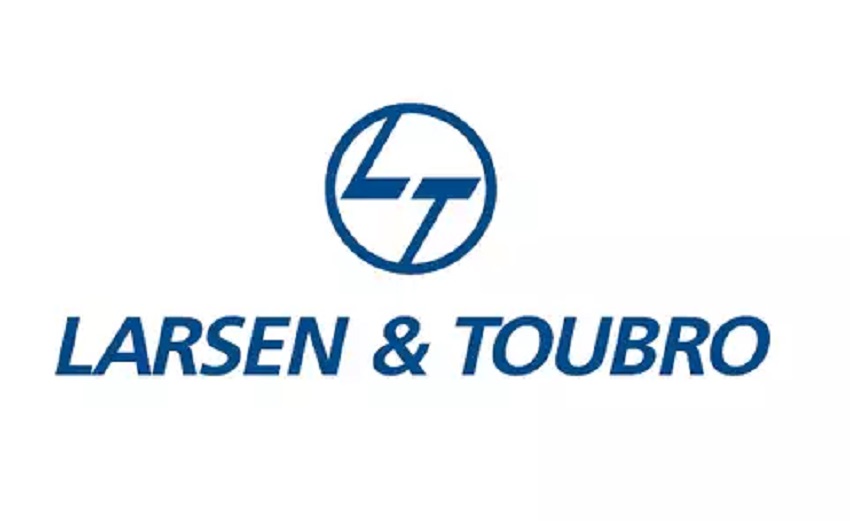
L&T Chief Highlights Labor Reluctance to Relocate
At a recent industry summit in Chennai, SN Subrahmanyan, Chairman and Managing Director of Larsen & Toubro (L&T), expressed concerns over the growing reluctance among construction laborers to relocate for work. He attributed this trend to the availability of welfare schemes and a preference for comfort, which pose significant challenges to India’s infrastructure development.
Labor Shortages in Construction
Subrahmanyan highlighted that, unlike global trends of mass migration for employment, India faces a unique issue where workers are unwilling to move for job opportunities. He emphasized that building essential infrastructure, such as roads and power plants, is becoming increasingly difficult due to these labor shortages.
Evolving Labor Mobilization Strategies
To address this challenge, L&T has adapted its labor mobilization methods. The company now utilizes digital communication to reach out to skilled workers, allowing them to choose projects based on their preferences. Despite these efforts, mobilizing a large workforce remains a daunting task. Subrahmanyan noted that L&T employs approximately 400,000 laborers, with an attrition rate leading to the need to hire around 1.6 million workers annually. To manage this, L&T has established a dedicated Human Resources department focused solely on labor management.
Factors Influencing Reluctance
Several factors contribute to workers’ unwillingness to relocate, including the accessibility of bank accounts through initiatives like Jan Dhan, direct benefit transfers, schemes such as Garib Kalyan Yojana and MGNREGA, and a general preference for staying in their native rural areas.
Similar Trends Among White-Collar Employees
Subrahmanyan also observed a comparable reluctance among engineering graduates and IT professionals to relocate or work from office locations. He recounted that, in earlier times, employees were more amenable to moving for work assignments. However, the current generation exhibits a preference for staying in their comfort zones, presenting additional challenges for companies in deploying talent where needed.
Adapting to the Changing Workforce Dynamics
The L&T chief acknowledged that the evolving attitudes toward work and relocation require companies to develop flexible policies that accommodate these preferences. He emphasized the importance of understanding these shifts to effectively manage human resources and continue driving infrastructure growth.
In conclusion, Subrahmanyan identified human migration, technological transition, energy transition, and sustainability as key developments shaping the current global landscape. Addressing the reluctance of workers to relocate is crucial for overcoming labor shortages and ensuring the successful execution of large-scale projects essential for the nation’s development.


















